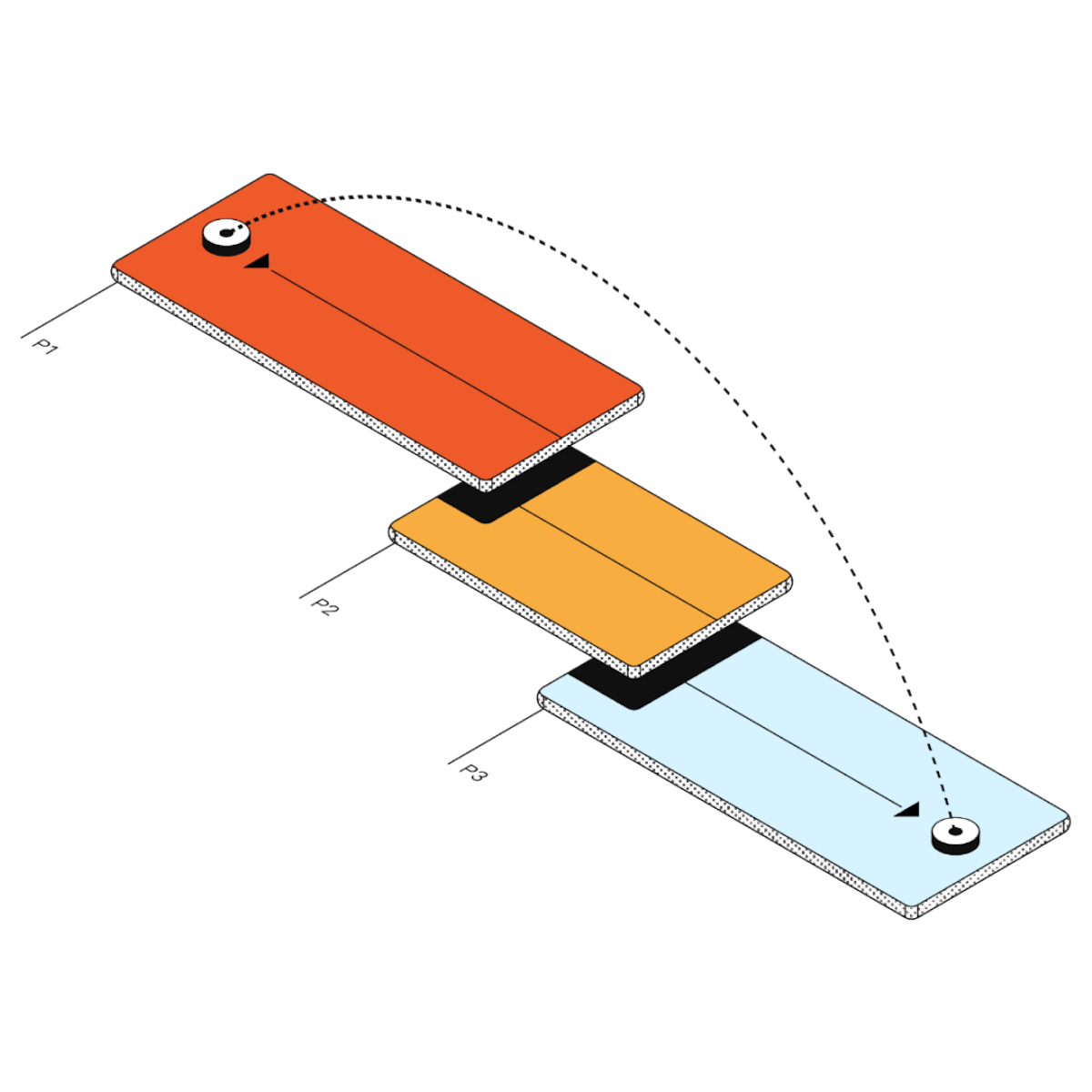Does your product team miss deadlines?
The Ultimate Coda Handbook for Product Teams provides step-by-step instructions for setting up an effective team operating system.

It happened. You missed the deadline, despite all the different systems the team was monitoring, the turbulent coordinating attempts, and the furious copy-pasting. The juggling worked right up until it didn’t. But why did it happen?
- The team was siloed. Decentralized teams, information, and workflows create chaotic collaborative environments.
- Infinite apps, workflows, and systems. There are apps for everything. Unfortunately, this leads to systems bloat, as both time and money are being lost on too many tools. Teams can’t creatively interact with various systems.
- Data doesn’t sync across the team. The information that various teams are using is poorly distributed, and that duplicate information slows down momentum.
- Scarce feedback. Comments and constructive critiques get lost in the margins of multiple docs, leaving generative and productive feedback on the chopping block.
I’m a human copy-paste machine. It’s at least 25% of my job as a PM.
Google Docs taught us all how to sit on the same typewriter. Coda moved our team from co-editing to co-decisioning.
We have over 200 docs and sheets for our annual planning process... It’s impossible to keep track.”
- Track plans and OKRs in a flexible database that reflects your business needs.
- Run your whole planning process in one doc, instead of 10s or even 100s.
- Create alignment that sticks, twice as fast, and skip the endless discussions.
- Create planning output that leads to shipping faster.
- Develop ongoing systems and accountability, instead of “setting and forgetting” your plans.













